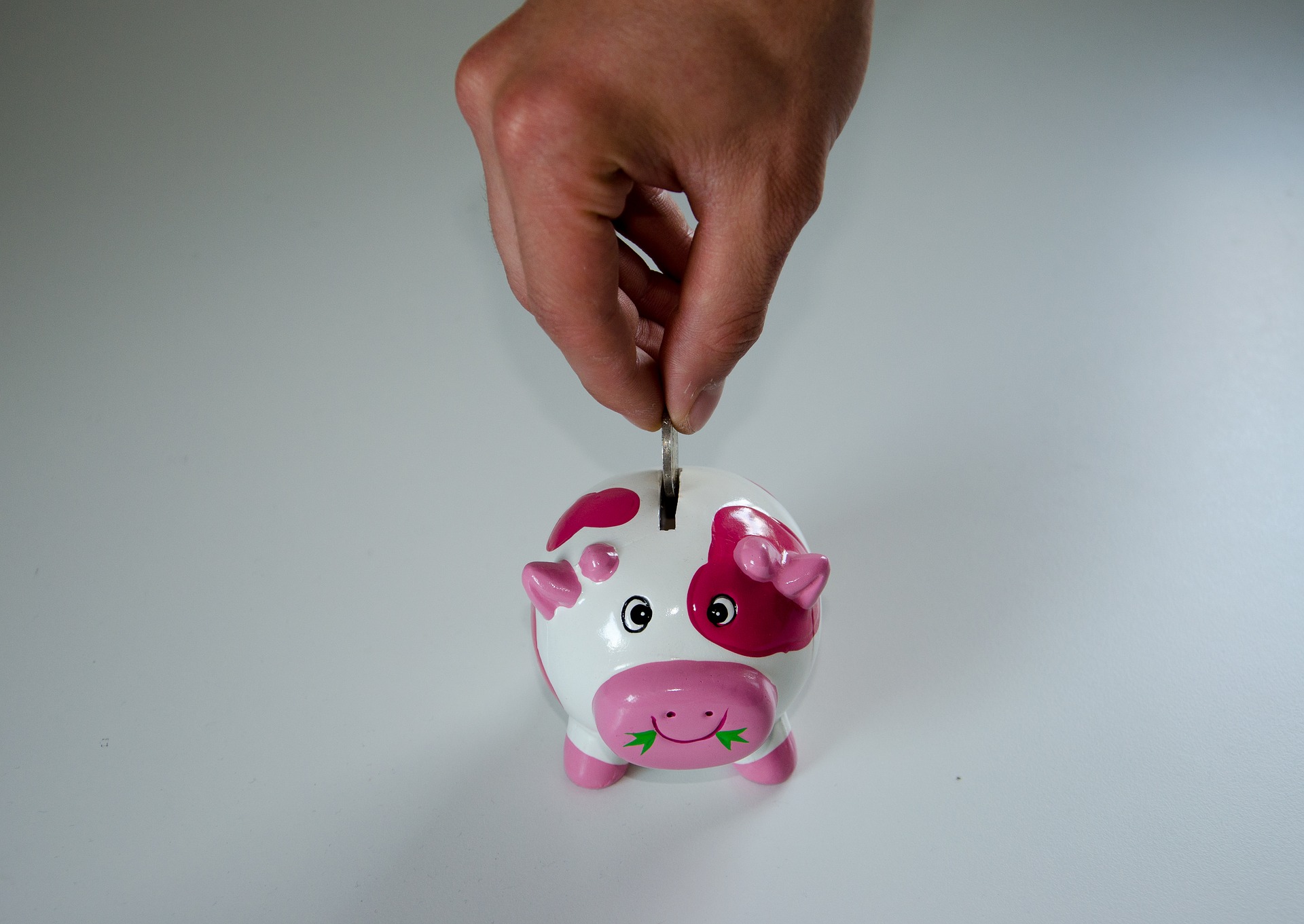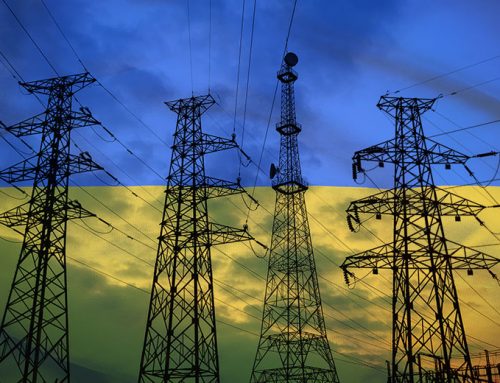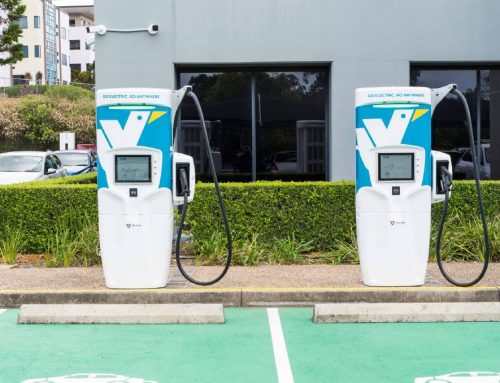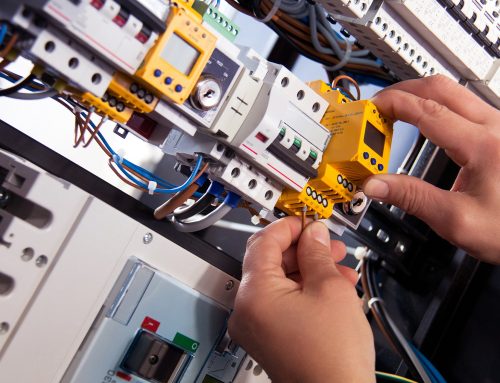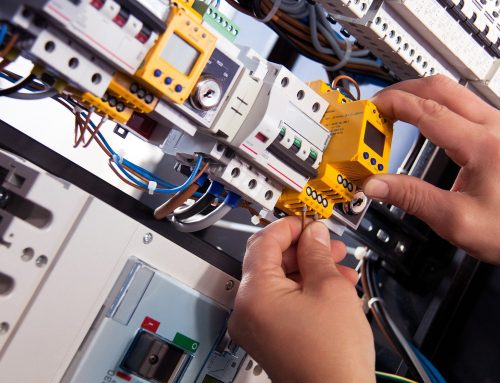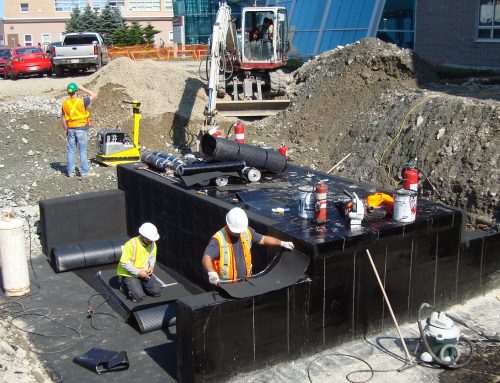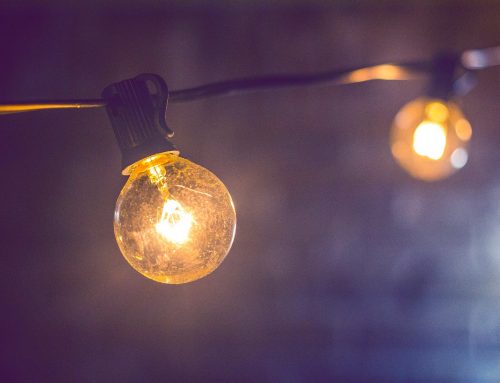With electricity bills increasing, it’s high time to look for ways to cut down your bill. Reduce your electricity bill by doing these 50 tips, tricks, and ideas. Keep reading to learn ways how to save on your electric bill.
- Switch to LED lights
LED light uses 90% less energy than incandescent light bulbs. Replace your most widely used bulb with energy-efficient LED bulbs. It provides the same brightness while consuming less energy.
- Use solar lights outdoors
Switch to solar lights for your outdoor needs. They absorb the energy from the sun during the day and light for free during the night.
- Install dimmer switches
Use dimmer switches so you will only use the light you need. Adjusting the amount of light depending on your needs will allow you to use just the appropriate amount of energy.
- Install motion sensors
You can install motion sensors inside and outside the home to ensure the lights will only come on when they are needed.
- Get a programmable thermostat
Program your thermostat according to the time of day without the need to adjust it manually. Set your programmable thermostat to run less, 10 to 15 degrees when you’re asleep or at work. Lowering the temperature for 8 hours can lower your annual cooling and heating by 10%.
- Keep your temperature steady
Set your thermostat 2 degrees higher in the summer (72-74 degrees) and 2 degrees lower in winter (70-72 degrees) in winter. These are the suggested thermostat setting to save on electricity.
- Regularly maintain your air conditioner
Keep your AC tuned and clean to ensure it runs efficiently. Have your AC inspected and cleaned once a year for cleaner air circulating in your home.
- Change your filters regularly
Change your AC filter every 30 days. Dirty filters restrict airflow and keep your AC working harder. Set a reminder on your phone and calendar so you will not forget.
- Turn off the fans
Turn off the fans when you’re AC is running. There’s no sense in running two energy sources at the same time.
- Install ceiling fans
Installing a ceiling fan can help lower your cooling and heating bills. The fan will keep the air circulating during summer, and keep the warm air down during the winter.
- Lower the temperature on your hot water heater
13% of your electricity consumption goes to heating water. Lower your electricity by setting your hot water heater to 130-140 degrees. By lowering the heat, you can save money on your electric bill. Turning off your water heater when you’re away from home is another way to save.
- Install a tankless hot water heater
If you need to replace your water heater, go for a tankless hot water heater or on-demand hot water heater. It can cut your hot water energy cost by half because it doesn’t need to maintain the tank hot.
- Install a water heater timer
Old water heaters heat keeps the water hot throughout the day whether you need it or not. Install a water heater timer to run just when you need it.
- Remove the sediment from your hot water heater
Sediments on your hot water heater can reduce its heating efficiency. Use the valve on the side of your water heater to drain the sediment twice a year.
- Install a low-flow restrictor
Suppress the flow of water by installing a low-flow restrictor. It will help your hot water from sucking more energy.
- Take shorter showers
Cutting your shower time by a few minutes will save water and reduce your hot water usage by 5%.
- Reduce heat waste by checking doors and windows for leaks
Check your doors and windows for leaks and broken seals. Weatherstripping, caulking or replacing seals on your doors and windows will keep cold air from coming out and hot air from escaping.
- Check that your appliances work properly
Appliances that don’t work properly drain energy. Keep them cleaned, repaired, and working properly to save on needless electricity and problems.
- Refrain from using the oven
Use your oven less. Try to substitute the oven with microwave or crockpot. A microwave cooks in 15 minutes the 1-hour cooking time in the oven. Microwave use less electricity and doesn’t release as much heat into your kitchen.
- Turn your oven and stove off early
Turn your oven and stove a few minutes before your food is done and let the build-up heat cook the food for you.
- Cook with the lids on
The food cooks faster if the lids are on because the heat does not escape.
- Preheat oven on if necessary
Preheating the oven is not necessary for casseroles and other foods that need longer cooking times. Pre-heat the oven for meats and other temperature-critical foods.
- Keep your fridge and freezer full
Your refrigerator is one of the biggest electricity consumers in your home. Keeping your fridge and freezer full reduces energy consumption because food serves as an insulator and won’t have to work hard to cool the empty space.
- Tune-up your fridge
Regular maintenance checks on your fridge will keep the coils running clean and save you hundreds of dollars in electric bills.
- Thaw food before cooking
Thawing food before cooking will save you cooking time and reduce the use of electricity.
- Cover your foods
Cover your foods and drinks before putting them in the fridge. Condensation makes the refrigerator work harder and consumes more energy.
- Cooldown food before putting in the fridge
Putting hot foods in the fridge will increase the interior temperature and cause the fridge to work harder.
- Clean your refrigerator’s coils
When your fridge has dirty condenser coils it has to work harder to keep the foods cool. Clean your refrigerator and freezer’s coil once every three months to optimize its efficiency.
- Unplug appliances when not in use
75% of the energy used by home electronics is consumed when they are left plugged in until we need them again. Unplug appliances when not in use or use a power strip to shut off electricity to these appliances all at once.
- Use smart power strips
Replace your old surge protectors with a smart power strip surge protector. It automatically turns off power to appliances that are not in use. You should call a residential electrician to put power strips in your home.
- Use heat-generating appliances at night
Heat-generating appliances like your oven, washing machine, and the dishwasher force your air conditioner to work harder to keep the house cool. Use these appliances at night when the outside temperature is cooler.
- Turn off the heat dry on your dishwasher
Heating water consumed a lot of energy. Turning off the heat dry feature on your dishwasher will minimize the energy drain.
- Reduce TV watching time
Excessive TV watching is a waste of energy. Limit your young kids from watching too much television to reduce your electric bill.
- Dry your laundry in a clothesline
Set up a clothesline and let nature dry your laundry. Another option is by hanging clothes on a drying rack or shower rod. It will reduce hours in electricity and reduce the need for ironing.
- Wash laundry in cold water
90% of the energy consumed by a washing machine goes to heating water. Wash your laundry in cold water, and skip the bill.
- Only wash full loads
Make sure the washing machine is in full load and not overloaded when you do your laundry. Minimize the power drain by only washing full loads.
- Toss a towel or dryer balls in the dryer
A dry towel or dryer balls added to your dryer load can significantly speed up drying time.
- Clean your dryer lint trap
Remove the dryer lint trap from your washing machine after each load to maximize the machine’s efficiency.
- Install low-flow showerheads
Installing low-flow showerheads will reduce water flow and less water to heat.
- Install solar panels
Installing solar panels is good for the environment and good for your wallet. Solar panels can save energy by more than 75%.
- Make sure your home is properly insulated
Proper insulation ensures that your home maintains its temperature both during hot summer and cold winter months. Keep your home properly insulated to reduce the need for heating and cut your electric bill.
- Install weatherstripping
Inspect your door and windows for any drafty gaps and install weatherstripping to fill the gaps where drafts get in. Installing weatherstripping can help save on energy costs.
- Shield your home from the sun
Reduce your air conditioning use by closing the blinds and curtains on the sunny side of your home. You can also install a tinted window for added savings.
- Plant shady plants
Shady plants and trees will protect your home from direct sunlight and reduce your AC costs during summer.
- Clean your windows
Cleaning your window will allow much natural sun to light up and heat up the house.
- Turn off the porch light
Putting your porch lights on a timer will cut energy costs.
- Shut the door
Keep the door shut to keep the amount of heat or cold from escaping.
- Use sleep mode
Set your computer peripherals like scanner and printer to sleep mode or automatically turn off when not in use. This will save you energy.
- 4 Use extra blanket
Putting an extra blanket on your bed during the winter months will let you put down the thermostat a few degrees and cut your heating costs.
- Buy energy-efficient appliances
If your appliances are 10 years or older, consider replacing them with energy-efficient appliances that use considerably less energy.

